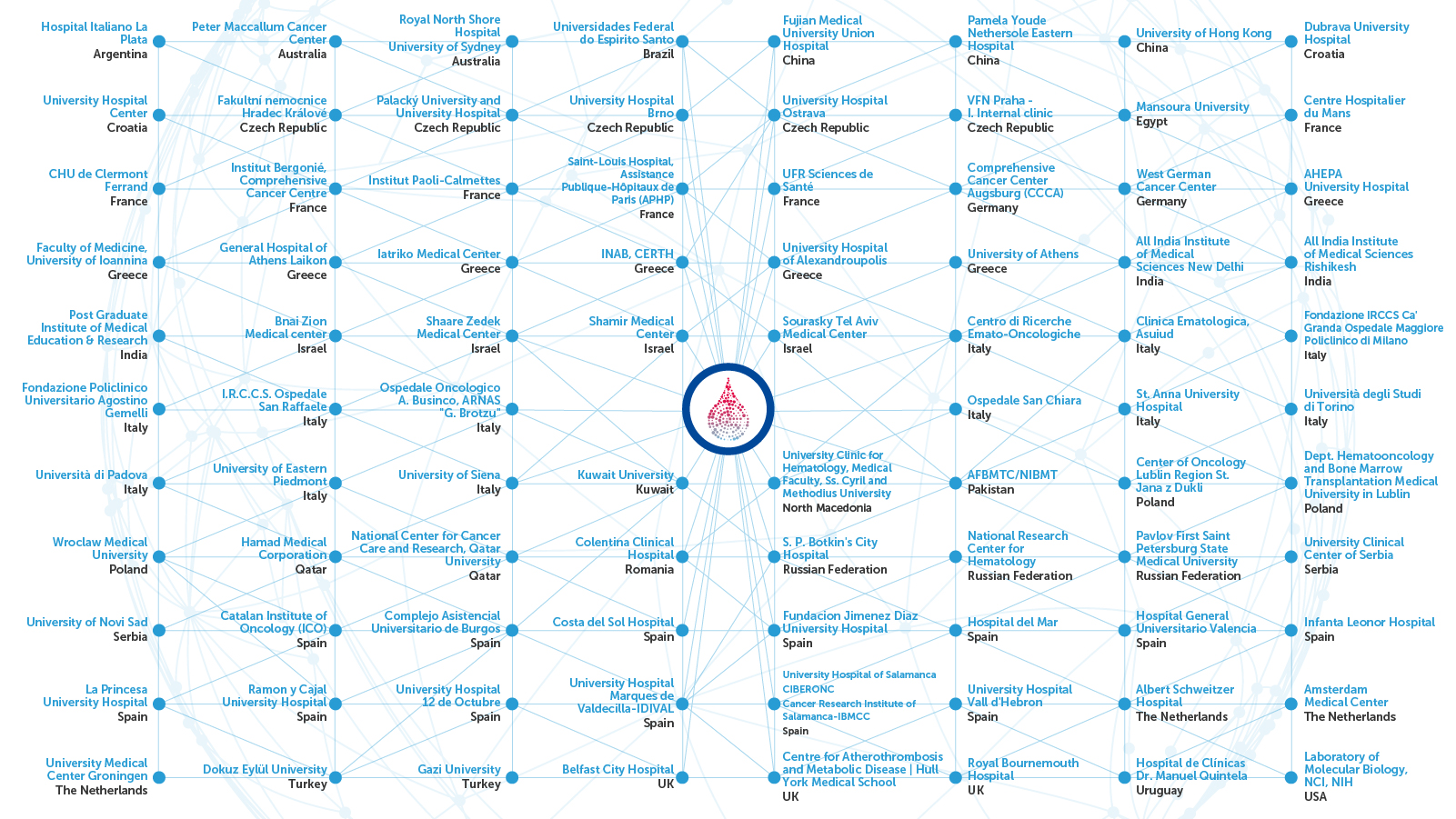Home> Research Projects> CLL-2: Exploring the occurrence of other malignancies in CLL patients using the HARMONY BigData platform
The occurence of other tumors is a known complication in patients with chronic lymphocytic leukemia (CLL), however the factors that underpin this increased malignancy risk are poorly understood. In particular, there is a need to better understand the impact of therapy, including treatment with novel agents, on the risk of developing other malignancies in patients with CLL. Large cohorts of patients with robust data are needed to increase knowledge in this area and shed further light on this clinically relevant complication.

CLL, the most common leukemia in the Western world, is associated with multifacted immune system dysfunction which increases the risk of patients developing other malignancies. Previous studies have shown an increased risk for malignancy in both treated and untreated CLL patients compared to matched general population controls. In particular, a higher risk of therapy-related myelodysplastic syndrome (tMDS) and acute myeloid leukemia (tAML) have been identified in patients treated with chemotherapy. However, little is currently known about the impact of novel agents such as Bruton’s tyrosine kinase (BTK) or BCL2 inhibitors on the occurrence of other malignancies in CLL.
This multicenter, retrospective study will harness the power of the HARMONY BigData Platform to examine real-world evidence on a large cohort of CLL patients - thereby reaching the sample size needed to carry out meaningful analysis. To ensure consistency and reliability, only data from a consecutive set of patients diagnosed with CLL between 2000 and 2016, where both clinical and laboratory data are available, will be included in the analysis.
The study will look at the incidence and prevalance of other malignancies occuring before and after CLL diagnosis, and their impact on disease course and overall survival. The expected sample size is approximately 18,000 cases. The main objectives of the study are to describe the spectrum of other malignancies that occur in CLL and identify potential links to clinical, biological or demographic factors - including treatment with chemoimmunotherapy or novel agents. The characteristics of patients with CLL who develop other tumours will also be explored in more detail. Univariate and multivariate analysis of relevant factors will be performed in specific categories.
This is a collaborative, international study which will involve multiple partners and participating organisations across Europe. As the HARMONY BigDataPplatform represents the largest CLL registry in Europe, it is hoped that results will shed light on a highly relevant clinical complication in CLL which still remains poorly understood.